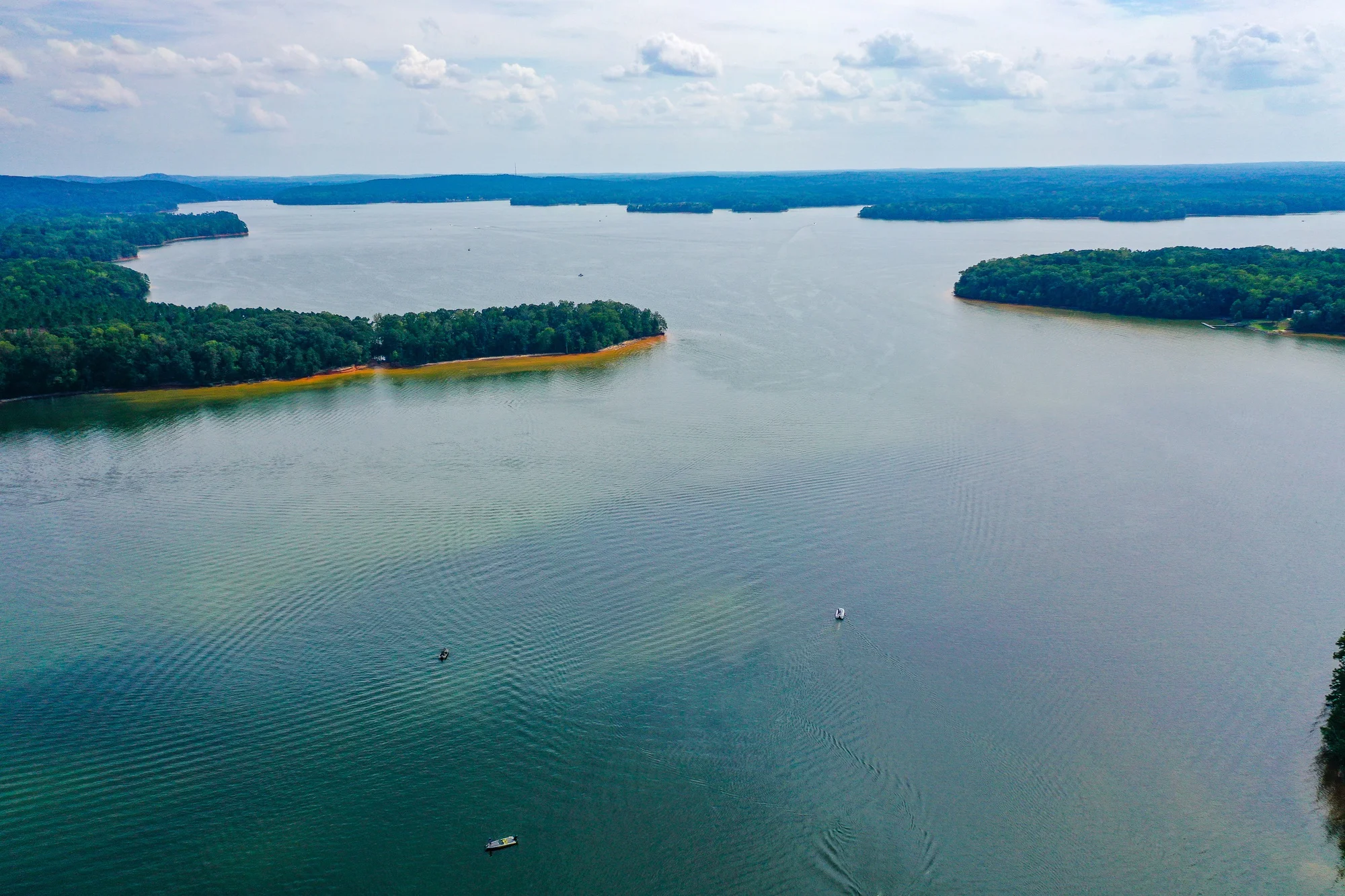In a groundbreaking study published in the prestigious journal Science of the Total Environment, researchers from Hohai University have presented novel insights into the complex interactions within nitrogen and sulfur cycles in effluent-dominated rivers. Their work unveils the importance of the hyporheic zone and its redox gradients in moderating nitrate reduction, with implications for river management and environmental protection.
The Intricacies of Nitrogen and Sulfur Cycles
Nitrogen, a critical nutrient for all life forms, undergoes a complex cycling process within ecosystems. In river environments, particularly those influenced by wastewater effluent discharges, the hyporheic zone—the permeable riverbed where groundwater and river water mix—becomes a significant arena for nitrogen transformations.
Sulfur cycling, on the other hand, plays a vital role in the oxidation and reduction processes that influence nutrient balance and availability. The research conducted by Ziyi Wang and colleagues focuses on these interactive processes, utilizing a high-resolution metagenomic approach to decipher the linkages between nitrogen (N) and sulfur (S) cycling.
Unveiling the Impact of Redox Gradients
The article, entitled “How redox gradient potentially influences nitrate reduction coupled with sulfur cycling: A new insight into nitrogen cycling in the hyporheic zone of effluent-dominated rivers,” outlines how variable redox conditions within the hyporheic zone dictate the dynamics of nitrogen pathways.
The study’s DOI is 10.1016/j.scitotenv.2024.170070, which points to a meticulous exploration of the topic, conducted by the authors Wang Ziyi, Wang Longfei, Li Yi, Zou Yina, Hou Xing, and Wang Linqiong, all affiliated with Hohai University, and its respective environmental and oceanographic research institutions.
Metagenomic Approach Sheds Light on N/S Cycling
Using two effluent-dominated rivers as model systems, the researchers employed metagenomics to analyze spatiotemporal redox zonation in the hyporheic zone and the subsequent effects on N/S cycling processes. Their findings revealed a fundamental nitrate reduction pathway in the hyporheic zone, markedly influenced by the redox conditions.
In the oxic zones, the metagenomic data indicated greater abundance of genes associated with sulfur reduction and dissimilatory nitrate reduction to ammonium (DNRA), whereas anoxic zones hosted more genes linked to denitrification and sulfur oxidation. These findings highlight how the coupling of N and S cycles varies distinctly between different redox conditions, thus reshaping our understanding of nutrient processing in aquatic ecosystems.
Significance of the Hyporheic Zone in Effluent-Dominated Rivers
Effluent-dominated rivers are subject to higher loads of organic matter and pollutants, making their hyporheic zones pivotal reactors for biogeochemical transformations. The study discovered that lower nitrate concentrations and a wealth of denitrification and sulfur oxidation genes characterized the anoxic zones, suggesting that these regions facilitate effective denitrification, even under oxygen-limited conditions provided that active sulfur cycling occurs.
Conversely, higher nitrate levels and a larger presence of sulfur reduction and DNRA genes marked the oxic zones, indicating a different biogeochemical processing regime. Despite the variations, high relative abundances of the nosZ gene, essential for the final step of denitrification, underscored the hyporheic zone’s potential to mitigate nitrogen pollution.
Implications for Environmental Management
The insights presented in this study have significant implications for managing nutrient pollution in riverine ecosystems, particularly those affected by wastewater treatment plant effluents. Recognizing the hyporheic zone’s capacity to attenuate nitrogen pollution through dynamic redox-mediated N/S cycles can lead to improved strategies for river management and conservation efforts.
Next Steps for Research
While this study sheds light on the complex biogeochemical interplay within hyporheic zones, it also opens up avenues for further research. Understanding the ecological roles of keystone taxa, the impact of variable flow conditions on redox zonation, and the potential feedback mechanisms within the N/S cycling processes are critical next steps.
Call to Action for Policy Makers and Environmentalists
This research serves as a call to action for policymakers, environmentalists, and river managers to consider the hyporheic zone as an essential component in the strategy to combat nutrient pollution. Investments in monitoring and protecting these critical areas could enhance water quality and overall river health.
References
Wang, Z., et al., (2024). How redox gradient potentially influences nitrate reduction coupled with sulfur cycling: A new insight into nitrogen cycling in the hyporheic zone of effluent-dominated rivers. Sci Total Environ, 170070. DOI: 10.1016/j.scitotenv.2024.170070
Keywords
1. Nitrogen cycling rivers
2. Hyporheic zone biogeochemistry
3. Effluent-dominated river ecosystems
4. Nitrate reduction sulfur cycling
5. Metagenomics in environmental science
By providing a better understanding of these natural processes, we can work towards healthier river systems that are vital to both the environment and human well-being. The study’s findings offer not only new scientific insights but also actionable knowledge that can be used to safeguard our precious water resources.
